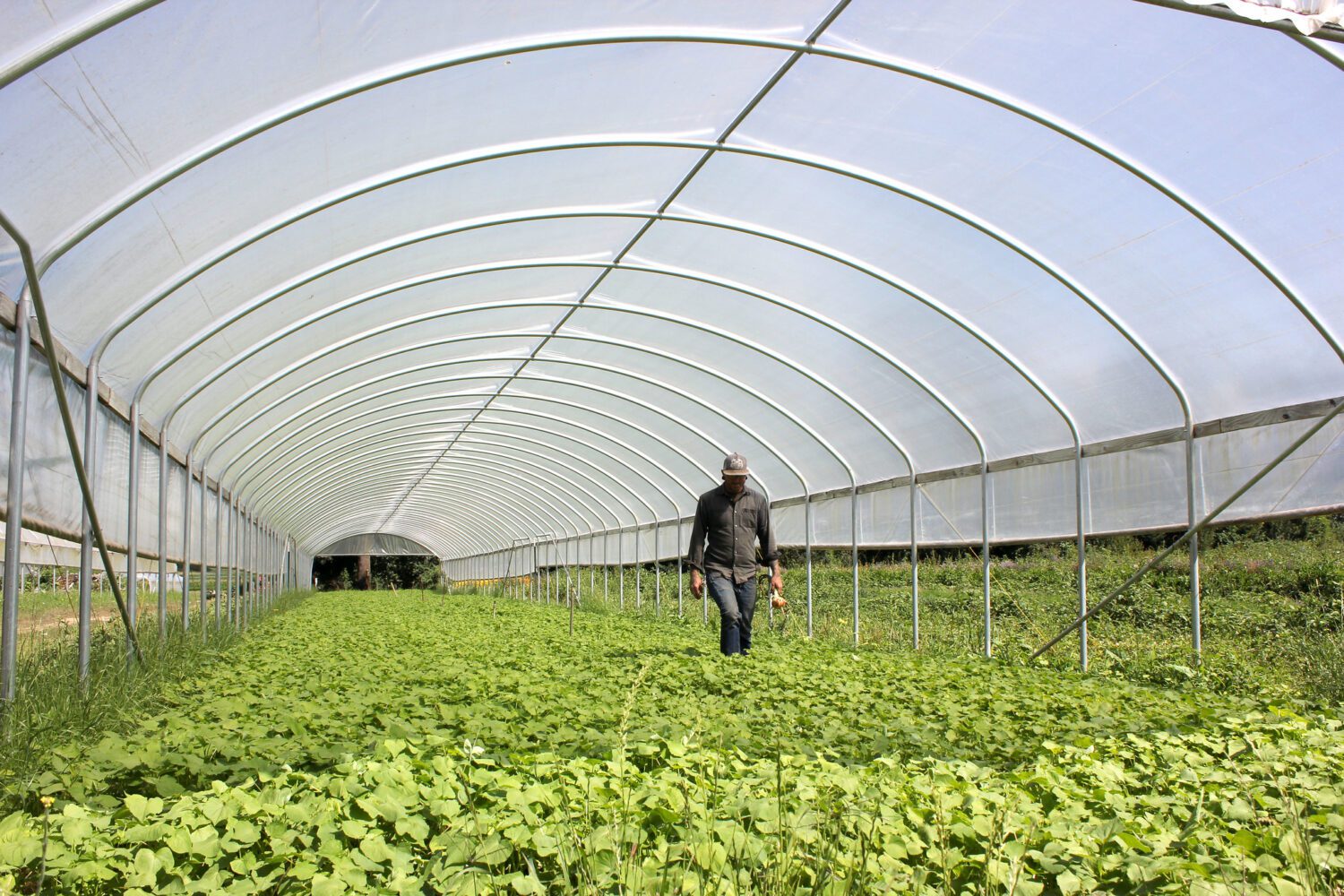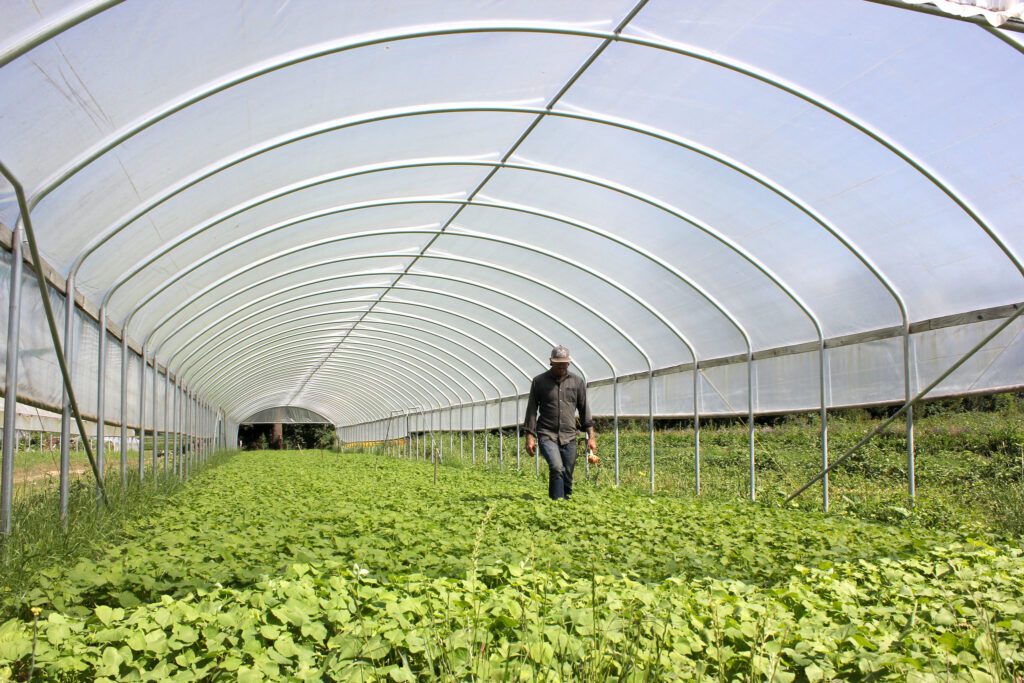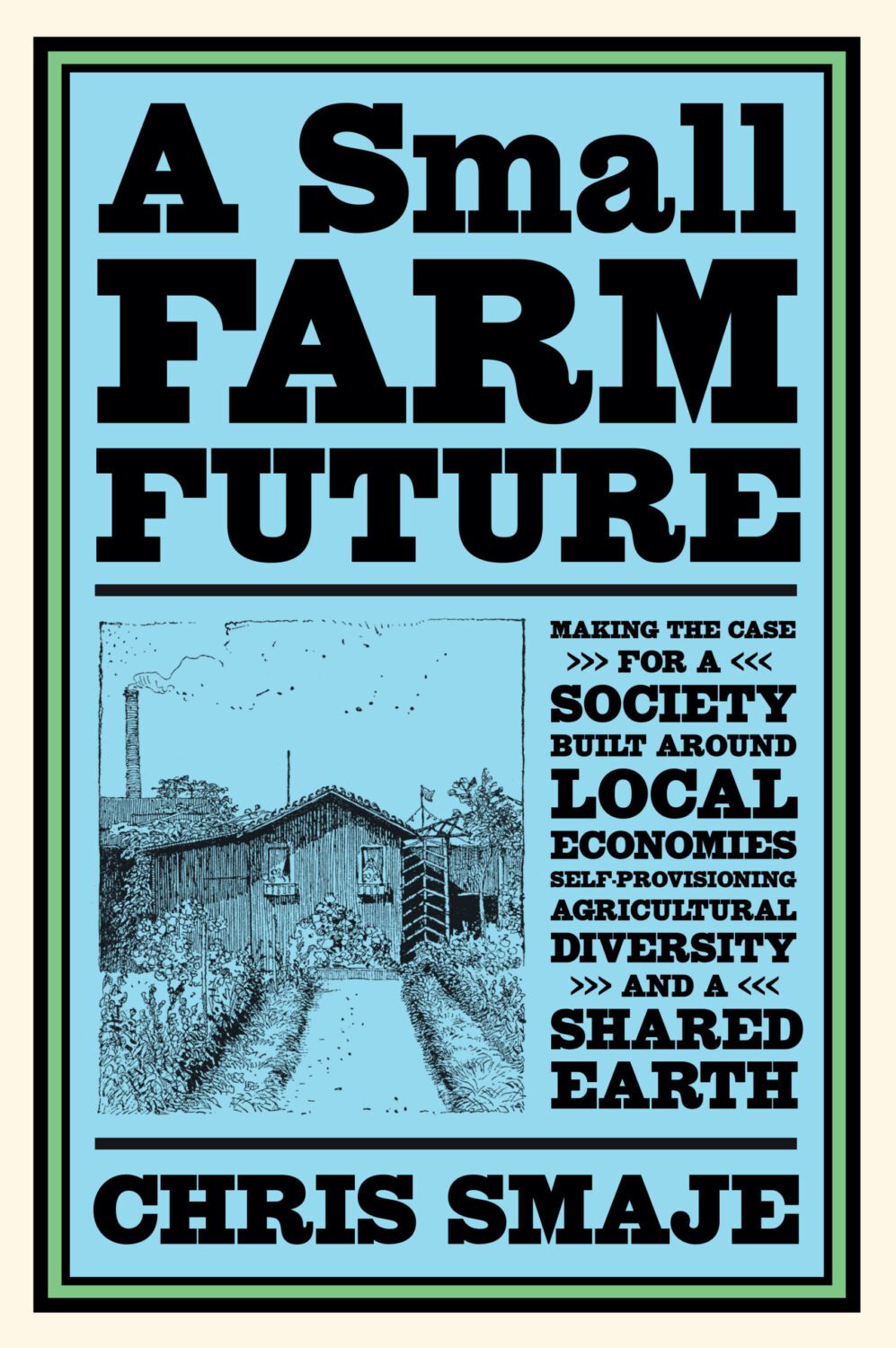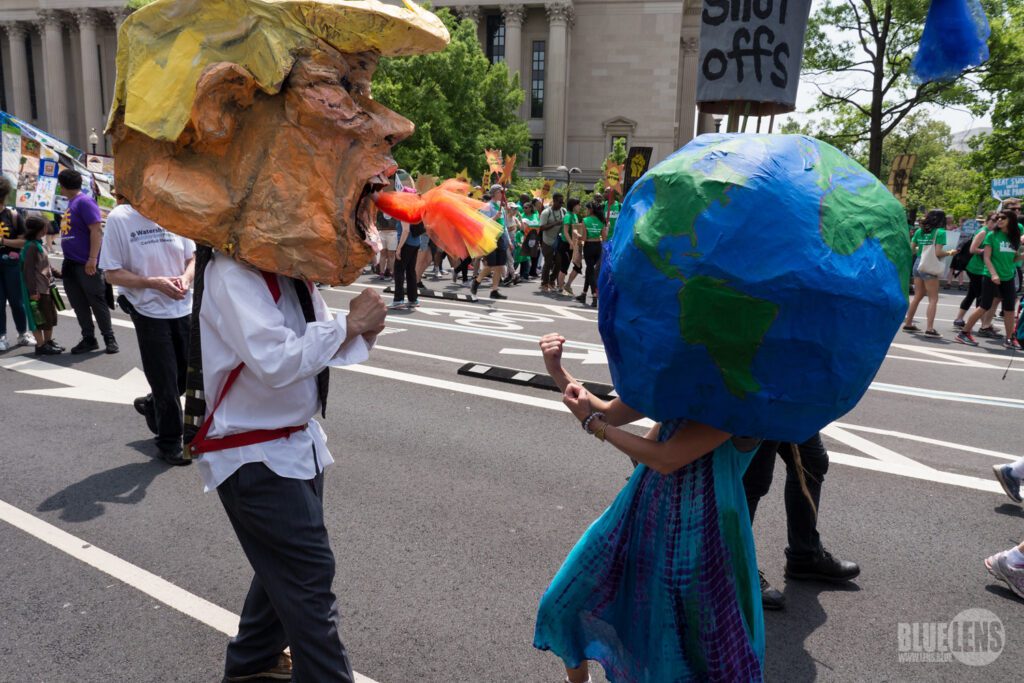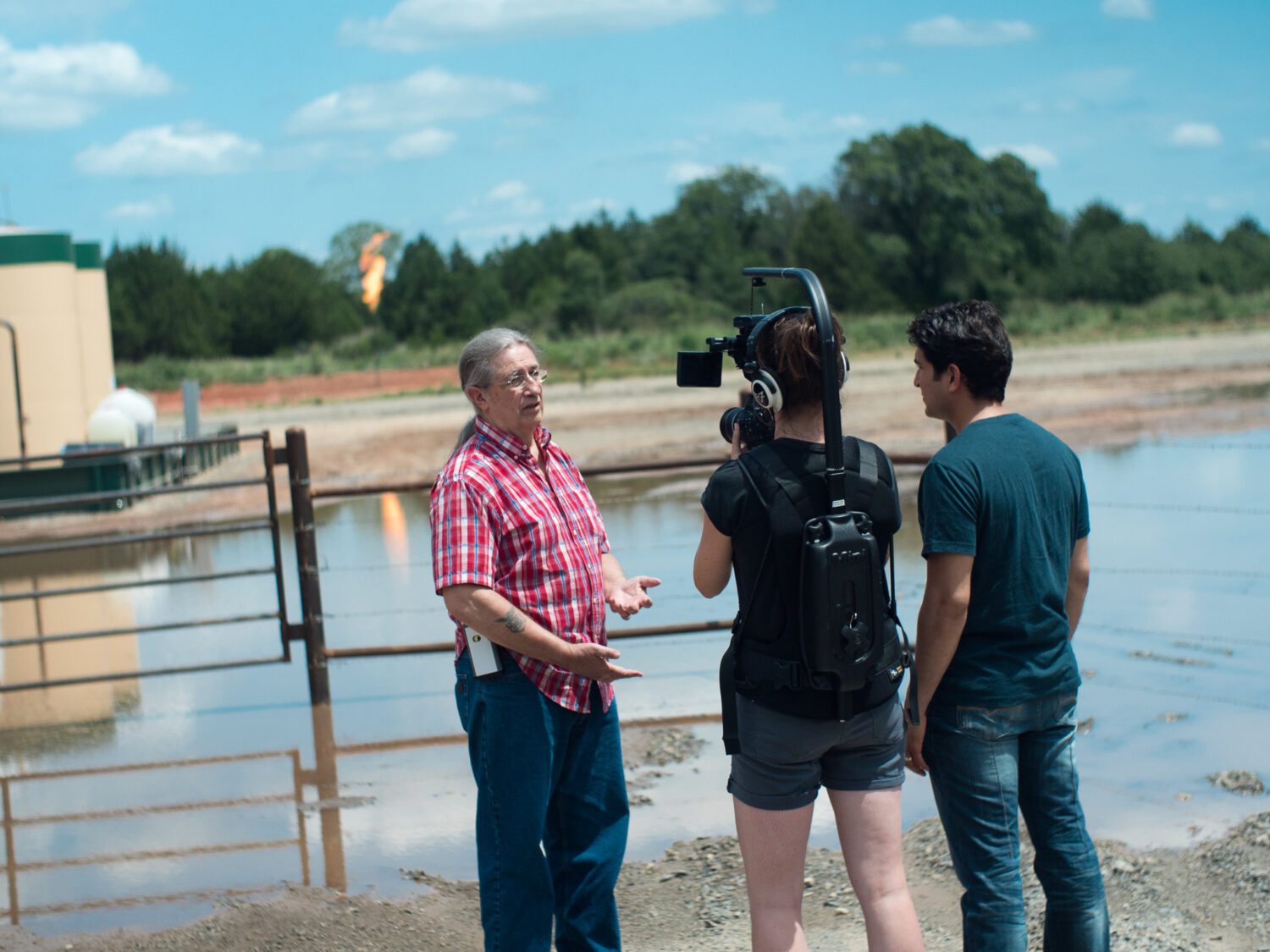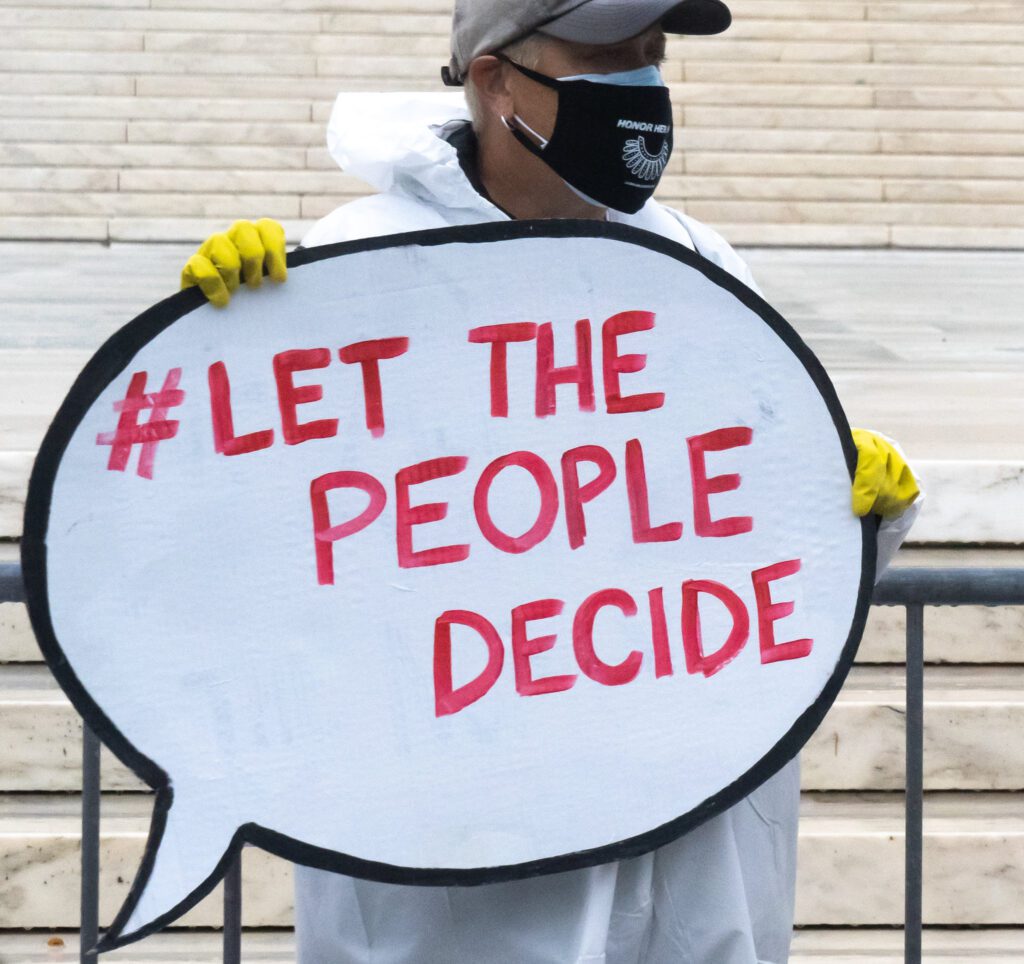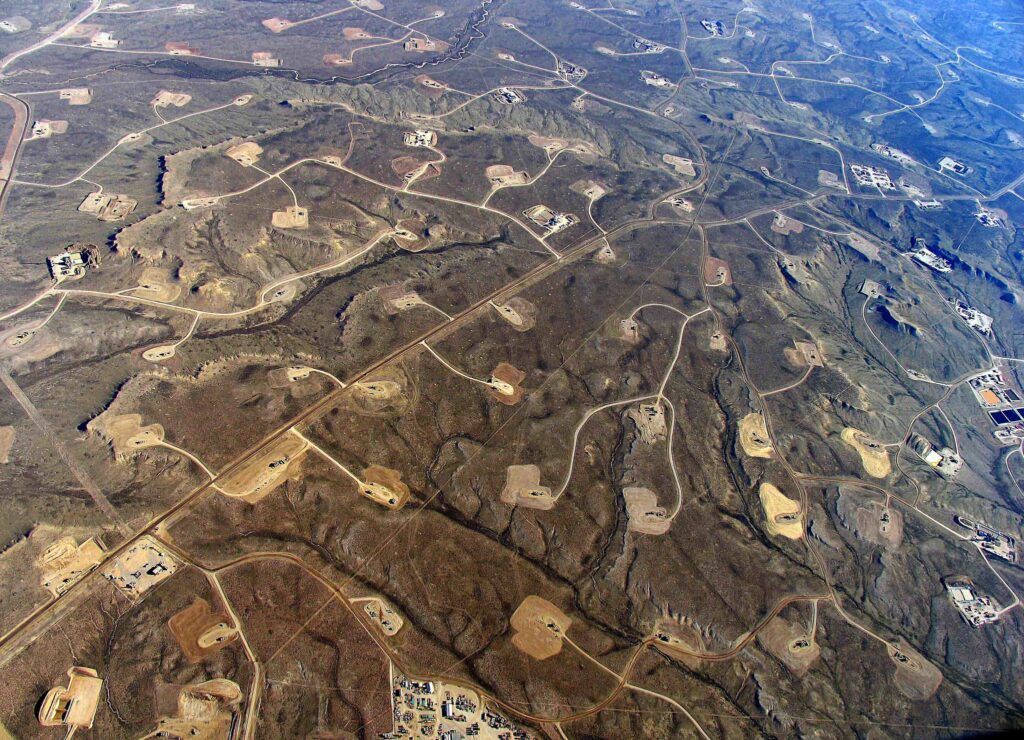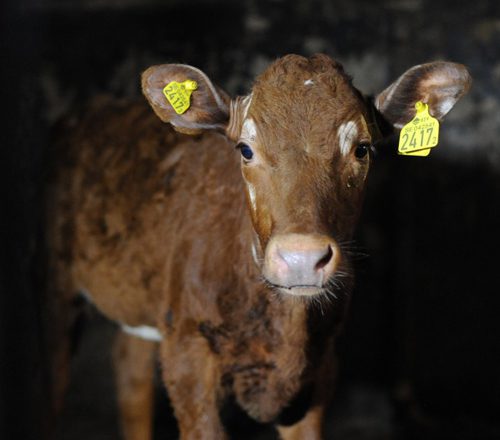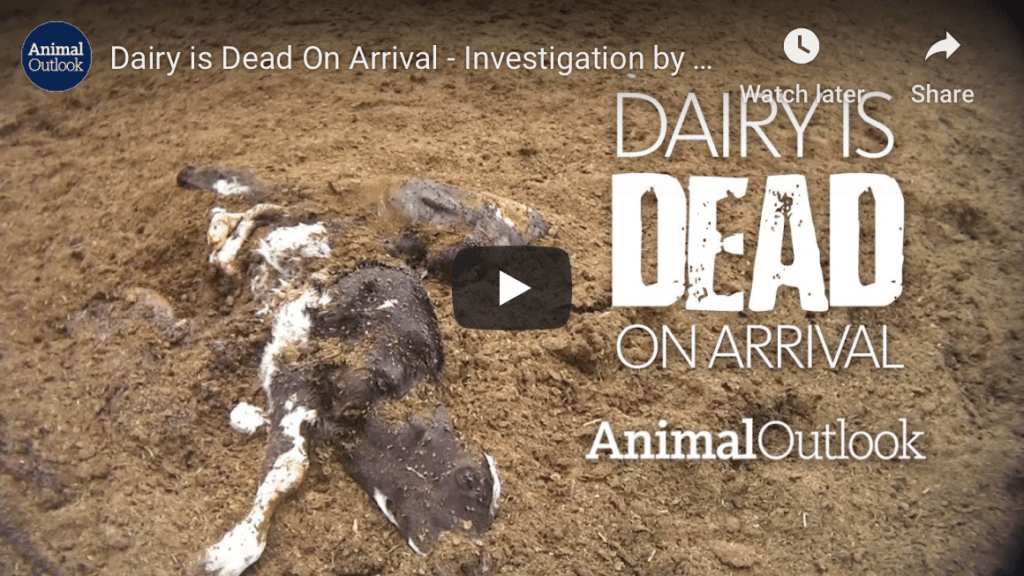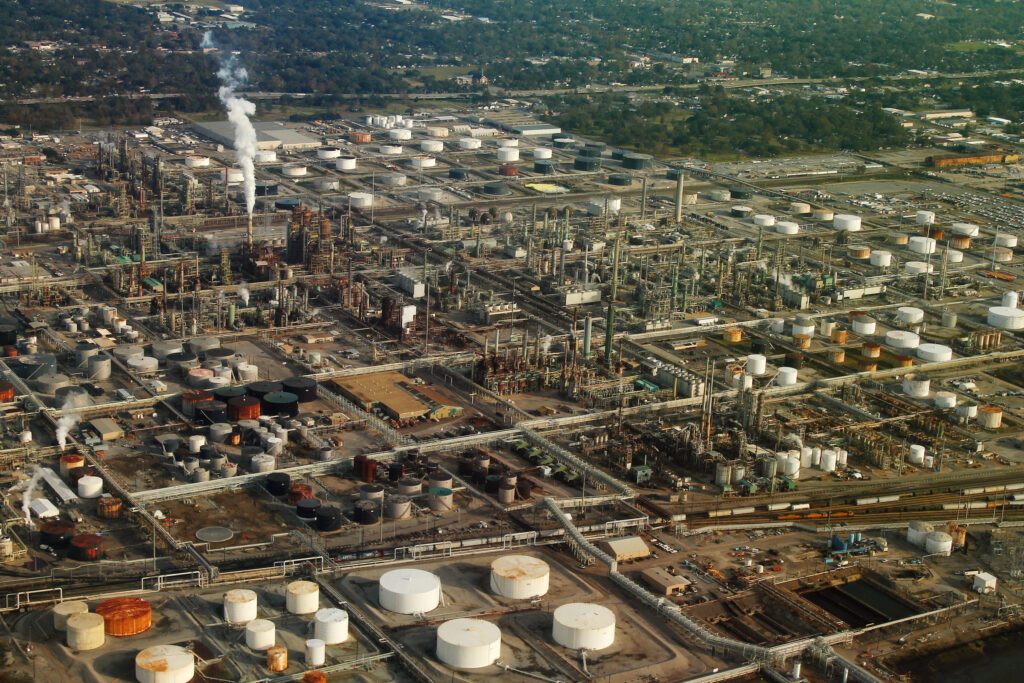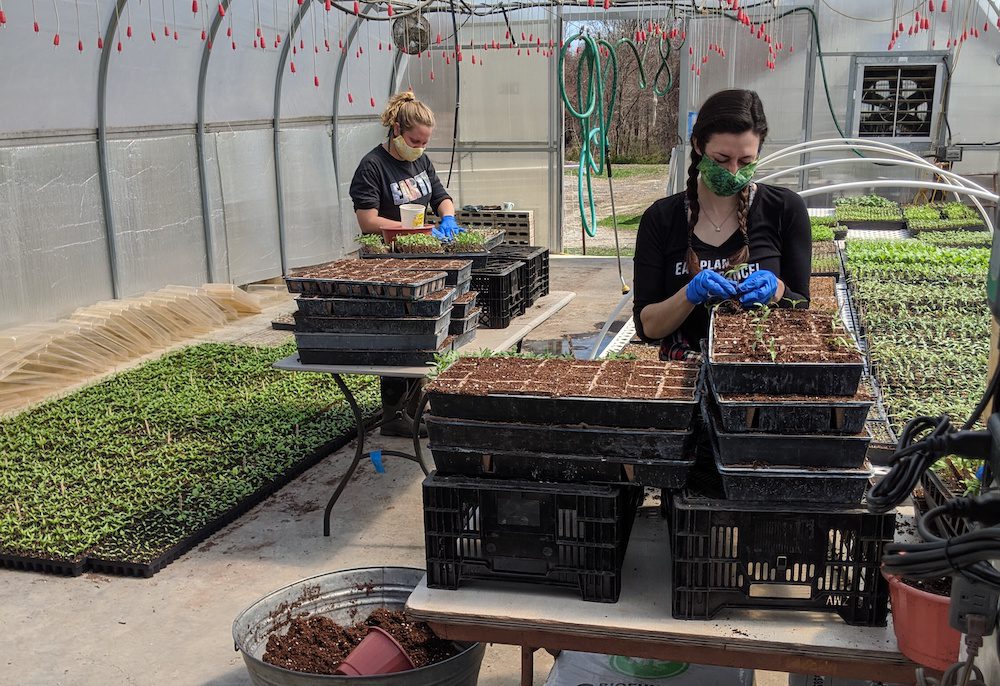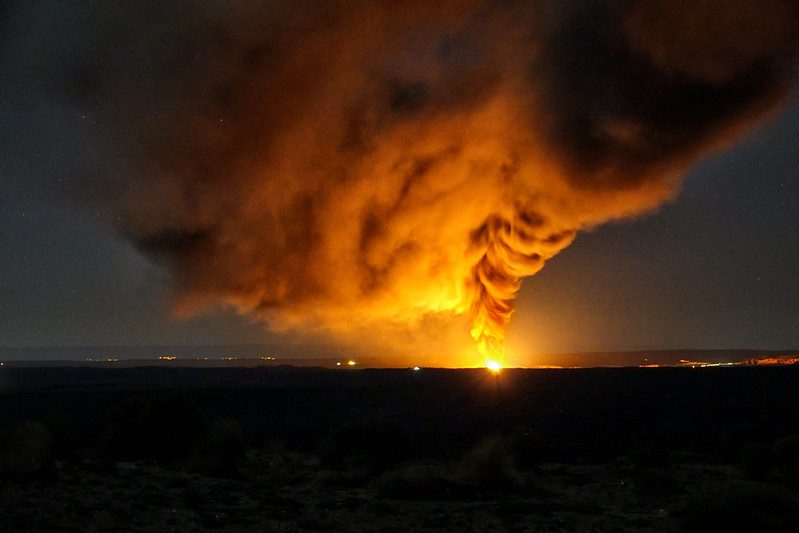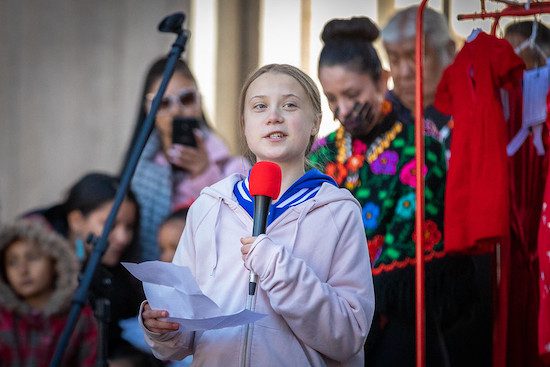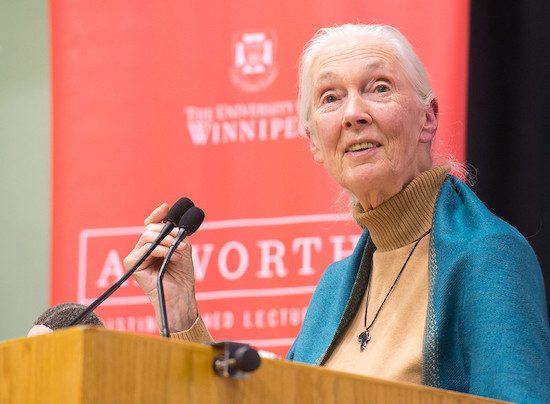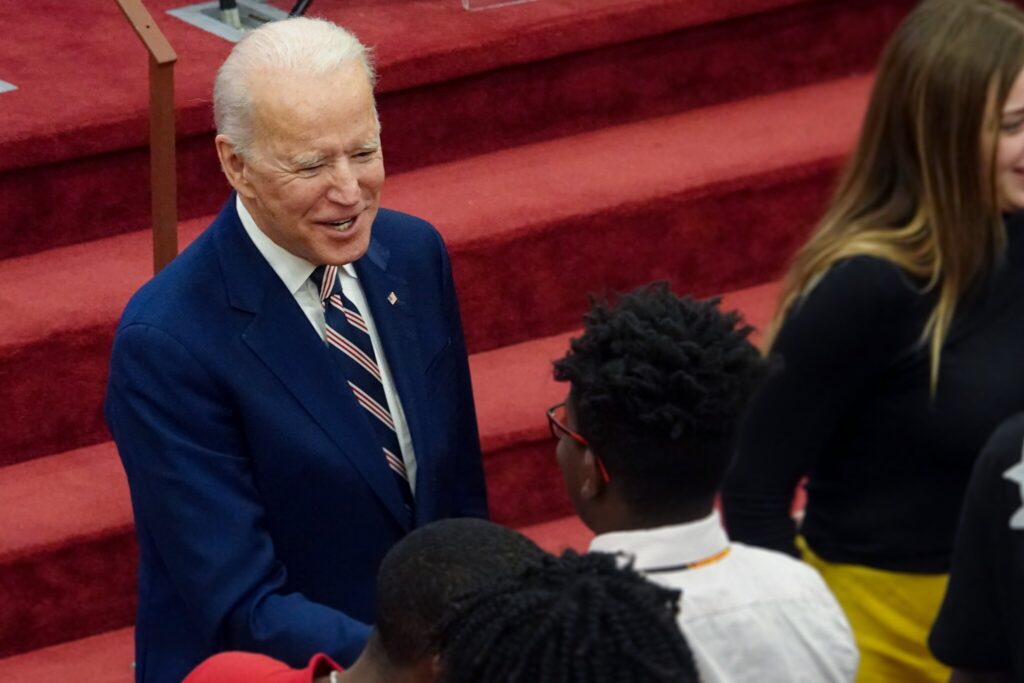


President-elect Biden’s climate plan will encounter stiff resistance in the Senate if Republicans maintain their majority.
By Reynard Loki, Independent Media Institute
7 min read
President-elect Joe Biden has pledged to rejoin the Paris agreement on day one of his administration, reversing President’s Trump abandonment of the international climate accord that the United States formally left last week. Designed to avoid irreversible climate change by limiting global warming to well below 2° Celsius while pursuing efforts to limit it to 1.5° Celsius, the Paris agreement seeks to achieve global “climate neutrality”: net-zero greenhouse gas emissions by the year 2050.
Biden’s commitment to combat the climate crisis, outlined in the “Biden Plan for a Clean Energy Revolution and Environmental Justice,” includes an enormous federal investment—$2 trillion—to drive an aggressive shift to clean energy and carbon neutrality by 2050. It will encounter stiff resistance in the Senate if Republicans maintain their majority, which they are poised to do. However, Biden campaigned as a centrist, and, having served in the Senate for 36 years, is well-positioned to advance legislation by working across the aisle, and will have the ears of moderate GOP lawmakers like senators Mitt Romney of Utah and Susan Collins of Maine. In addition, he has successfully struck deals with Republicans, most notably with Senate Majority Leader Mitch McConnell on passing legislation to raise tax rates on the wealthy in 2012, during his tenure as vice president under President Obama.
McConnell is no friend of the environment. He opposes the Paris agreement, has not put forward his own climate plan, called the Green New Deal “nonsense,” has sent millions of dollars to support his state of Kentucky’s coal mining industry, and received a miserable 7 percent lifetime score for his votes on environmental legislation from the League of Conservation Voters, a nonprofit. But perhaps there is some hope for getting meaningful climate measures passed under a Biden administration. In addition to supporting federal budgets that include energy efficiency and saying he favors “common sense and actually attainable solutions to protect our environment, McConnell last year admitted that human-caused global warming exists.” And though Senate Minority Leader Chuck Schumer (D-N.Y.) characterized McConnell’s admission as “real progress,” it’s the congenial, long-term relationship between the president-elect and the Senate majority leader that could prove to be the linchpin for any real progress on the climate front. Last week, McConnell called Biden an “old friend.”
While a divided Congress is likely to hamper pro-environmental legislation on the federal level, a Biden White House will set a markedly different attitude in Washington, particularly across science-based federal departments and agencies that are critical to the climate fight, many of which Trump gutted, putting them into the hands of pro-industry climate deniers. A leading example of “foxes in charge of the hen house” during the Trump presidency is the Environmental Protection Agency, which is currently headed by Andrew Wheeler, a former coal industry lobbyist who said climate change isn’t an “existential threat” even as many leading scientists say it is exactly that. A 2019 paper published by the Melbourne-based Breakthrough National Center for Climate Restoration warns that climate change at present poses a “near- to mid-term existential threat to human civilization.”
Drawing on existing scientific research and climate modeling, David Spratt and Ian Dunlop—two longtime climate researchers who authored the paper—forecasted that if global temperatures rise 3° Celsius by 2050, 55 percent of the world’s human population across 35 percent of its land area would experience more than 20 days of lethal heat per year, which is “beyond the threshold of human survivability.” This is the kind of science-based analysis that Biden has said will underscore his administration’s decisions. After four grueling years of anti-science and anti-fact policies rolling out of Trump’s White House, scientists expressed relief that Biden won the election. “Our long national nightmare is over,” said bioethicist Alta Charo from the University of Wisconsin Law School in Madison, quoting President Gerald Ford’s famous 1974 remarks about the scandal that led to his predecessor Richard Nixon’s political demise. “I couldn’t say it any better than that.”
In addition to putting the federal government on a proactive climate footing, Biden can provide federal support to state and local initiatives, which some experts see as the primary levers that the nation has to combat climate change, particularly when Washington is deadlocked. Fifteen states currently have legally binding plans to achieve meaningful reductions in greenhouse gas emissions. Eight states, Washington, D.C., and Puerto Rico have legally mandated goals—made through new laws or executive order—to reach 100-percent clean energy.
The president-elect will also wield a powerful tool that does not require congressional approval to use: executive orders. It is likely he will go this route to undo the majority of President Trump’s 125 environmental rollbacks, which have weakened a host of key regulations, including protections for endangered species, protections for wilderness from logging and fossil fuel development, and environmental risk assessments for building new infrastructure. Moreover, environmentalists can cheer Biden’s decision to—in his first year in office—convene a summit of the world’s major carbon emitters with the goal of making deeper and quicker reductions in greenhouse gas emissions.
“With every bout with nature’s fury, caused by our own inaction on climate change, more Americans see and feel the devastation in big cities, small towns, on coastlines and farmlands,” Biden said in remarks on climate change outside the Delaware Museum of Natural History in Wilmington in September. “It is happening everywhere. It is happening now. It affects us all.” It remains to be seen just how much President-elect Biden can turn climate inaction into climate action. But one thing’s for certain: Mother Nature will soon have a much better defender in the White House.
- Sign the petition telling President-elect Joe Biden—and the world—that you support the Paris climate agreement.
Cause for concern…
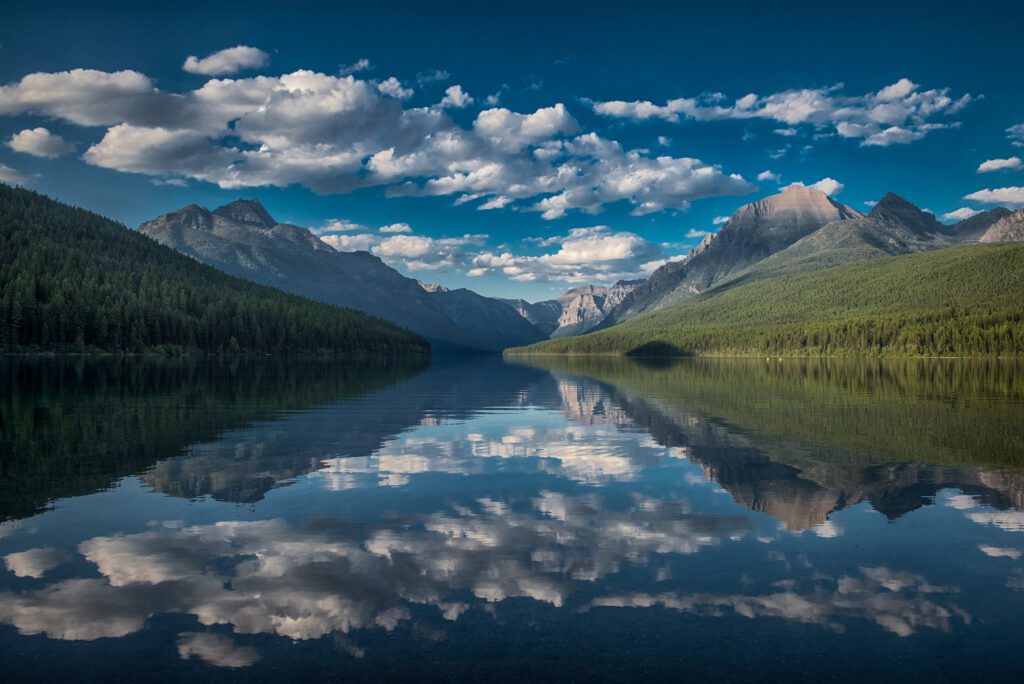
Supporters of national parks and world-class trout streams in Montana have raised the alarm over the election of Greg Gianforte to the state’s governorship due to his previous attempts to strip environmental protections, reports Jeff Gailus for the Guardian.
- GOP governor wins in Montana, raising fears for beloved wilderness (Jeff Gailus, The Guardian)
- GOP climate denier prevails in critical Texas energy regulator race (Alexander C. Kaufman, HuffPost)
- Brazilian VP defends rainforest deforestation policy, says it won’t change with Biden win (Reuters)
- Philippine President Duterte is waging war against environmental activists (John Nova Lomax, VICE)
- Fear for circus animals’ lives after France wild animal ban (The Connexion)
Round of applause…
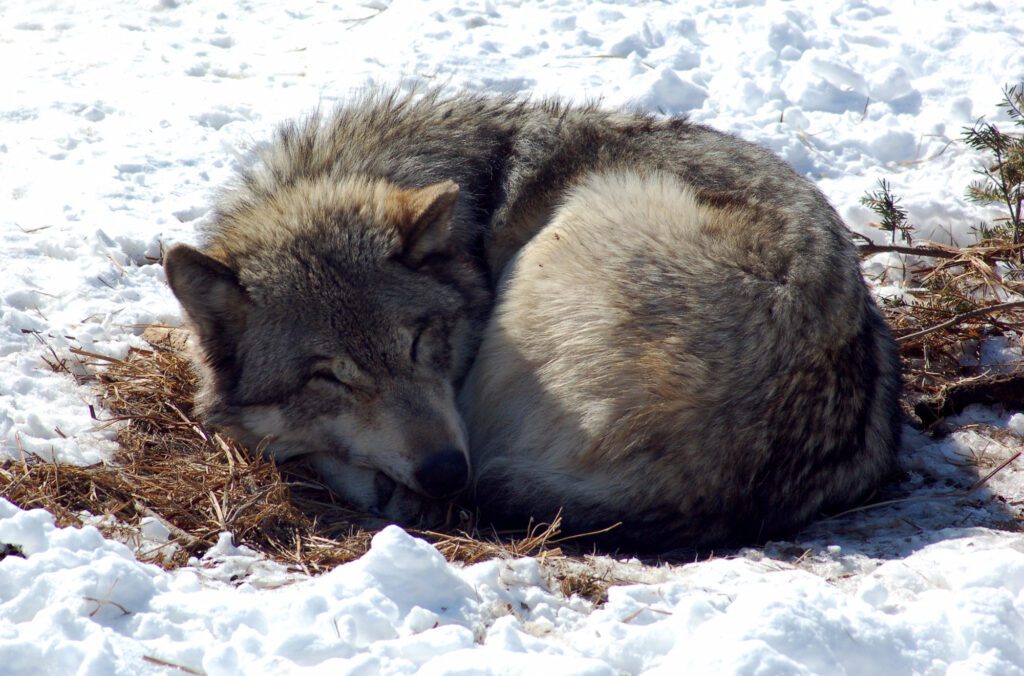
Passing by the slimmest of margins, Colorado’s Proposition 114 directs state wildlife officials to bring gray wolves—which were removed from the endangered species list by the Trump administration—back to the state’s western mountains by 2024, reports NPR’s Sam Brasch.
- In historic move, Colorado voters decide to reintroduce gray wolves (Sam Brasch, NPR)
- Young climate and environmental justice voters helped propel Biden’s campaign (Ilana Cohen, InsideClimate News)
- Vivid portraits by photographer Tim Flach frame the unique features of vulnerable birds (Grace Ebert, Colossal)
- Canada to ban single-use plastic by end of 2021 (Rachel Aiello, CTV News)
- These 20 vegan chocolate bars are so good you won’t miss the milk one bit (Marissa Miller, Women’s Health)
Parting thought…
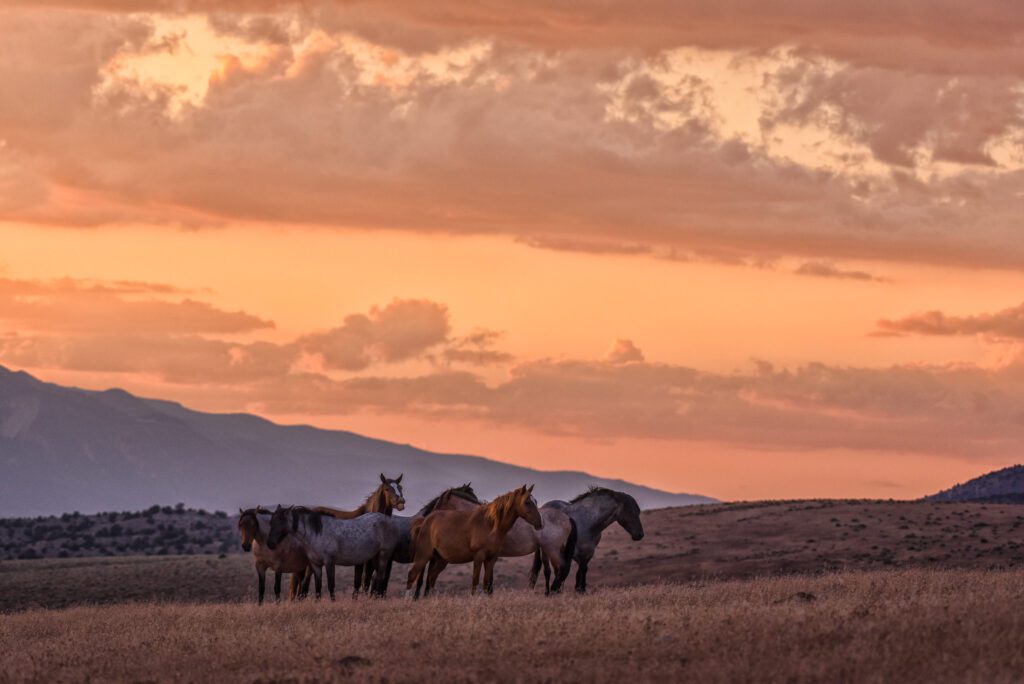
I think I could turn and live with animals, they are so placid and
self-contain’d,
I stand and look at them long and long.
They do not sweat and whine about their condition,
They do not lie awake in the dark and weep for their sins,
They do not make me sick discussing their duty to God,
Not one is dissatisfied, not one is demented with the mania of
owning things,
Not one kneels to another, nor to his kind that lived thousands
of years ago,
Not one is respectable or unhappy over the whole earth.
—Walt Whitman, Song of Myself, 32
Earth | Food | Life (EFL) explores the critical and often interconnected issues facing the climate/environment, food/agriculture and nature/animal rights, and champions action; specifically, how responsible citizens, voters and consumers can help put society on an ethical path of sustainability that respects the rights of all species who call this planet home. EFL emphasizes the idea that everything is connected, so every decision matters.
Click here to support the work of EFL and the Independent Media Institute.
Questions, comments, suggestions, submissions? Contact EFL editor Reynard Loki at [email protected]. Follow EFL on Twitter @EarthFoodLife.

